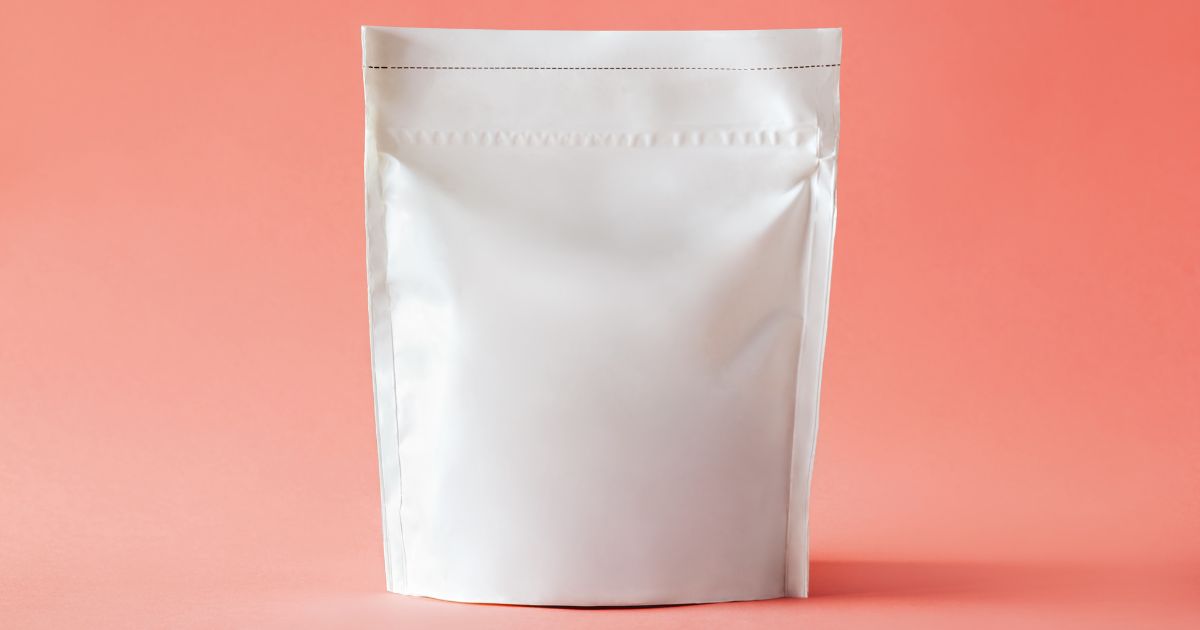Read time: 4 mins
A new product is ready to hit the market, but how will it stand out on the crowded shelves? Imagine investing significant resources into product development, only for it to fail because the packaging didn’t resonate with consumers. This scenario underscores the critical importance of packaging testing in market research. It’s not just about aesthetics; it’s about understanding consumer preferences, ensuring functionality, and ultimately driving sales.
Importance of Packaging Testing
Packaging testing is vital for several reasons. Firstly, it influences purchasing decisions. According to a recent study, 72% of consumers say their purchasing decisions are influenced by the packaging design. Secondly, it serves as a key differentiator in a competitive market. Well-tested packaging can enhance brand recognition, convey essential product information, and meet regulatory requirements. Moreover, it ensures the packaging protects the product effectively, minimizing damages during transit.
Types of Testing
There are various types of testing for packaging, each focusing on different aspects of the packaging’s performance:
- Physical Testing: Assessing the strength, durability, and integrity of packaging materials.
- Chemical Testing: Evaluating the packaging’s resistance to chemicals and its ability to protect the product from contamination.
- Environmental Testing: Examining the packaging’s performance under various environmental conditions, such as temperature, humidity, and light exposure.
- Consumer Testing: Gauging consumer reactions to packaging designs through focus groups, surveys, and other market research methods.
Common Packaging Testing Methods
- Drop Testing: Simulating the impacts the packaging may face during handling and shipping.
- Vibration Testing: Replicating the vibrations experienced during transportation to ensure the packaging can withstand them.
- Compression Testing: Measuring the packaging’s ability to withstand stacking and pressure.
- Shelf-life Testing: Assessing how the packaging preserves the product over time.
- Focus Groups and Surveys: Collecting direct consumer feedback on packaging design, usability, and appeal.
Factors to Consider in Testing
When conducting testing, several factors need to be considered:
- Target Market: Understanding the preferences and needs of the target demographic.
- Regulatory Requirements: Ensuring the packaging complies with relevant laws and regulations.
- Material Selection: Choosing the right materials that balance cost, sustainability, and functionality.
- Brand Consistency: Maintaining consistency with the brand’s image and messaging.
- Cost-effectiveness: Balancing the testing budget with the potential benefits of improved packaging.
Challenges with Testing
Despite its importance, testing comes with challenges. It can be time-consuming and expensive, especially for small businesses. Additionally, rapidly changing consumer preferences require continuous adaptation and testing. Another challenge is ensuring the testing methods are rigorous enough to predict real-world performance accurately.
Best Practices for Packaging Testing
To ensure effective testing, researchers should follow best practices such as:
- Early Involvement: Integrate testing early in the product development cycle.
- Comprehensive Testing: Use a combination of physical, chemical, environmental, and consumer testing methods.
- Iterative Process: Continuously test and refine packaging designs based on feedback and performance data.
- Cross-functional Collaboration: Involve teams from marketing, design, production, and logistics in the testing process.
- Documentation and Analysis: Keep detailed records of all tests and analyze the data to inform decision-making.
Tools and Equipment for Testing
Various tools and equipment are used in packaging testing, including:
- Drop Testers: For assessing the impact resistance of packaging.
- Vibration Tables: To simulate transportation vibrations.
- Compression Testers: For evaluating the strength of packaging under pressure.
- Climate Chambers: To test packaging performance under different environmental conditions.
- Software Solutions: For analyzing consumer feedback and testing data.
Conclusion and Future Trends in Packaging Testing
As market demands evolve, so too will the methods and technologies used in testing. Future trends include the increased use of artificial intelligence to predict packaging performance, more sustainable packaging solutions, and greater emphasis on personalization and customization. The Logit Group can help researchers navigate these complexities by providing insights into sample source transparency, ensuring accurate and reliable data.
Are you ready to explore how advanced packaging testing can revolutionize your product’s market presence?
FAQs
Small businesses can use a combination of digital simulations and small-scale physical tests. Engaging with consumer focus groups for feedback on packaging designs can also provide valuable insights without extensive costs.
AI can analyze vast amounts of data to predict packaging performance under various conditions, optimize material selection, and even suggest design improvements based on consumer preferences and market trends.
Trends in sustainable packaging include the use of biodegradable materials, recyclable packaging, minimalistic designs to reduce material use, and innovative solutions like edible packaging for certain products. These approaches aim to reduce environmental impact and appeal to eco-conscious consumers.
Have a project that you’re looking to field?
Logit can help. Simply fill out our quote form and a Logit Group team member will be in contact with you shortly. Get a quote today.





